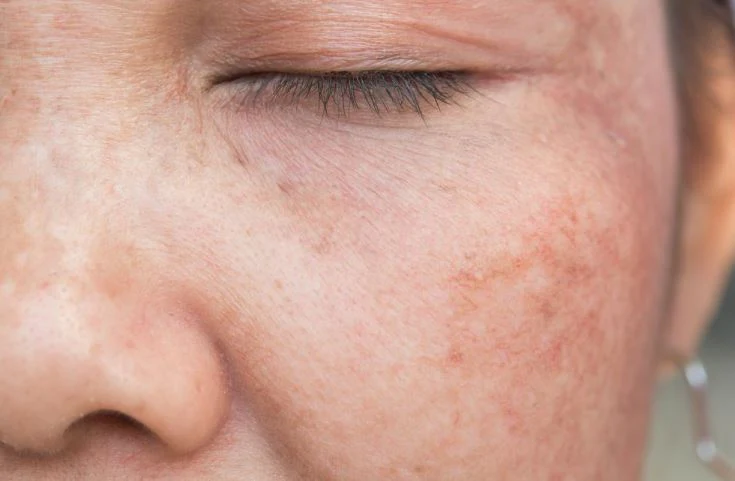Pigmentation Disorders: What Causes Uneven Skin Tone?
Uneven skin tone is a common skin concern among women. It can make skin look patchy or dull, affecting people of all ages and skin types. This condition arises when skin parts develop discolouration areas, ranging from light to dark patches.
Though not usually harmful, these variations can make some people feel self-conscious or dissatisfied with their appearance. Understanding the root causes and ways to address uneven pigmentation can help individuals. With CO2 laser treatments becoming common, treating uneven skin is not complex. Let’s learn all about it!
Why Does Skin Tone Become Uneven?
A combination of genetic, hormonal, and environmental factors often influences uneven skin tone. Here are some key contributors:
- Sun Exposure: UV rays can stimulate melanin production, the pigment responsible for skin colour. Over time, excess melanin collects in specific areas, leading to sun spots and dark patches.
- Hormonal Changes: Hormones can significantly impact pigmentation. Hormone fluctuations, especially in women, often trigger conditions like melasma. This can be seen during pregnancy or due to hormonal contraceptives.
- Skin Trauma and Inflammation: Skin injuries or conditions such as acne, eczema, or cuts can lead to PIH, where the affected area darkens during the healing process. Picking or aggravating the skin can worsen this discolouration.
- Ageing: As you age, the skin’s cell renewal process slows down, and the effects of sun exposure accumulate, making age spots and other pigmentation more apparent.
Common Types of Pigmentation Disorders
Pigmentation issues can have several underlying causes, each presenting differently on the skin. Here are some of the most common pigmentation disorders:
- Melasma: It appears as dark patches on areas frequently exposed to the sun, like the face. This condition is prevalent in women and is often linked to hormonal changes, such as those occurring during pregnancy or with the use of birth control pills.
- Post-inflammatory hyperpigmentation (PIH) occurs when skin is injured or inflamed due to acne, cuts, burns, or other forms of irritation. As the skin heals, dark spots sometimes remain that can linger for months. PIH affects all skin types and can be harder to avoid entirely.
- Age Spots: Age spots, or sun spots, are flat, brown patches that generally appear on sun-exposed areas of the skin like the hands, face, and shoulders. Though harmless, these spots can be aesthetically bothersome, and many people choose treatments like CO2 lasers to lighten them.
Solutions and Treatments for an Even Skin Tone
While many individuals struggle with pigmentation issues, a range of treatments are available that can address these concerns effectively. Here are some top methods:
- Topical Treatments: Over-the-counter products containing vitamin C, niacinamide, and licorice extract can help lighten dark spots and skin tone. Prescription creams with hydroquinone, retinoids, or azelaic acid offer a stronger approach, helping to fade pigmentation more effectively over time.
- Chemical Peels: Chemical peels exfoliate the top layer of skin, helping to reduce the appearance of pigmentation and encouraging new skin cell growth. They vary in strength and can be customised based on the type and severity of pigmentation.
- Laser Treatments: Laser treatments, including CO2 laser, target pigmentation by removing damaged layers of skin and promoting collagen production. This process helps fade dark spots and evens the skin tone over several sessions, providing a long-term solution for many people.
- Microneedling: Microneedling involves tiny needles creating controlled injuries on the skin to stimulate collagen and elastin production. This process encourages skin renewal, helping to fade dark spots and improve overall tone and texture.
Pigmentation disorders can be challenging to manage. However, achieving an even skin tone is possible with an understanding of the causes and a commitment to preventive measures. From CO2 laser treatments to daily skincare habits, numerous ways exist to treat and improve uneven pigmentation. A tailored approach that combines protective skincare with targeted treatments can help you achieve the clearer, more radiant complexion you aim for.
Keep an eye for more latest news & updates on Mamgatoto!






